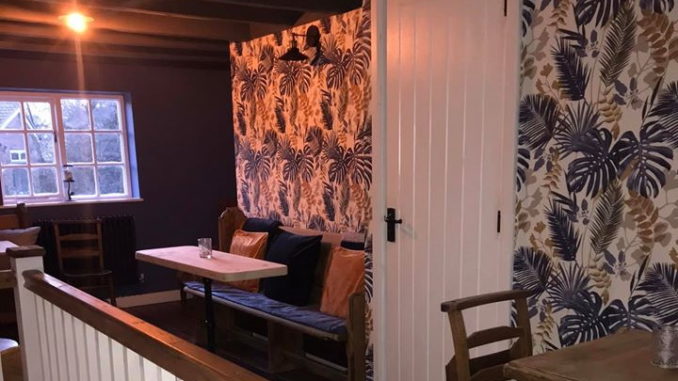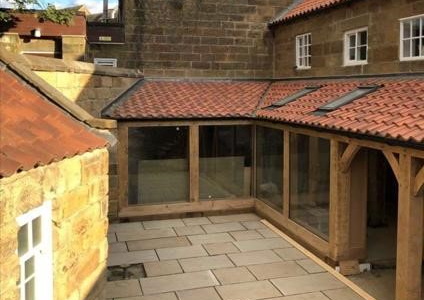
One of the oldest buildings in Great Ayton is being given a new lease of life.
The Poor House café and bar, on Great Ayton’s High Street, will open at 6pm on Saturday, February 1, 2020 after 18 months of highly sensitive renovation by local couple Michael and Cherie Larkin.
Images of The Poor House when it was a refuge for the homeless of the village adorn the walls of the listed Yorkshire stone building.
The Poor House, which can seat up to 40 and has an outside terrace with a pizza oven, now boasts the original building’s fireplace, which dates back to 1786, and retains many of its authentic features and some nautical touches paying tribute to Great Ayton’s most famous past resident, celebrated explorer Captain James Cook.
“It’s been a labour of love and bringing such an historic building back to life in a manner which everyone can share in is really rewarding,” said Michael.
The Poor House will open from Wednesdays until Sundays serving homemade fare including nutritious soups, breakfast porridge, toasted T-cakes, flap jacks and a selection of sandwiches for brunch with tray-bake sharing platters and nibbles for later diners accompanied by teas, coffees and hot chocolate and a range of non-alcoholic and alcoholic drinks.
The pizza oven will be fired up from Easter onwards.
“We are launching with a carefully thought-out small menu, with choices ranging in price from £2 to £15, which can be expanded as we progress and gauge guests’ preferences,” explained Cherie. “But we do plan to have special theme nights including pop-up chef nights.”

The Poor House was one of two cottages built in 1786 with funds raised by donors for the poor of Great Ayton.
The ground floor of the cottages housed two poor houses in all while the school, where a young James Cook was educated, ran across the upper floor.
The schoolmaster lived in the garret atop the cottages.
Life in the original poor houses, which could house up to 24 residents at a time, was basic.
There was a common sitting room and a common work room, a charity table where free meals were provided, and a table of industry where meals – presumably better ones – were paid for at the rate of 1/- per person per week.
The residents slept on straw mattresses individually screened by wooden partitions in a communal sleeping area with everyone admitted providing their own bedding, candles and clothes and the same for their children.
The residents had to wash their own and their children’s clothes, make their own beds, sweep their own space, and always, keep themselves, children and bed areas, very decent and clean. The building ceased to be a refuge for the poor in the mid-1840s.

“Things were pretty simple back then – and we’re now reversing the building’s fortunes into a hub of hospitality,” said Cherie.
“We already have a wedding booked as the venue makes for a very different setting for small celebration parties whether corporate or personal.”


Be the first to comment